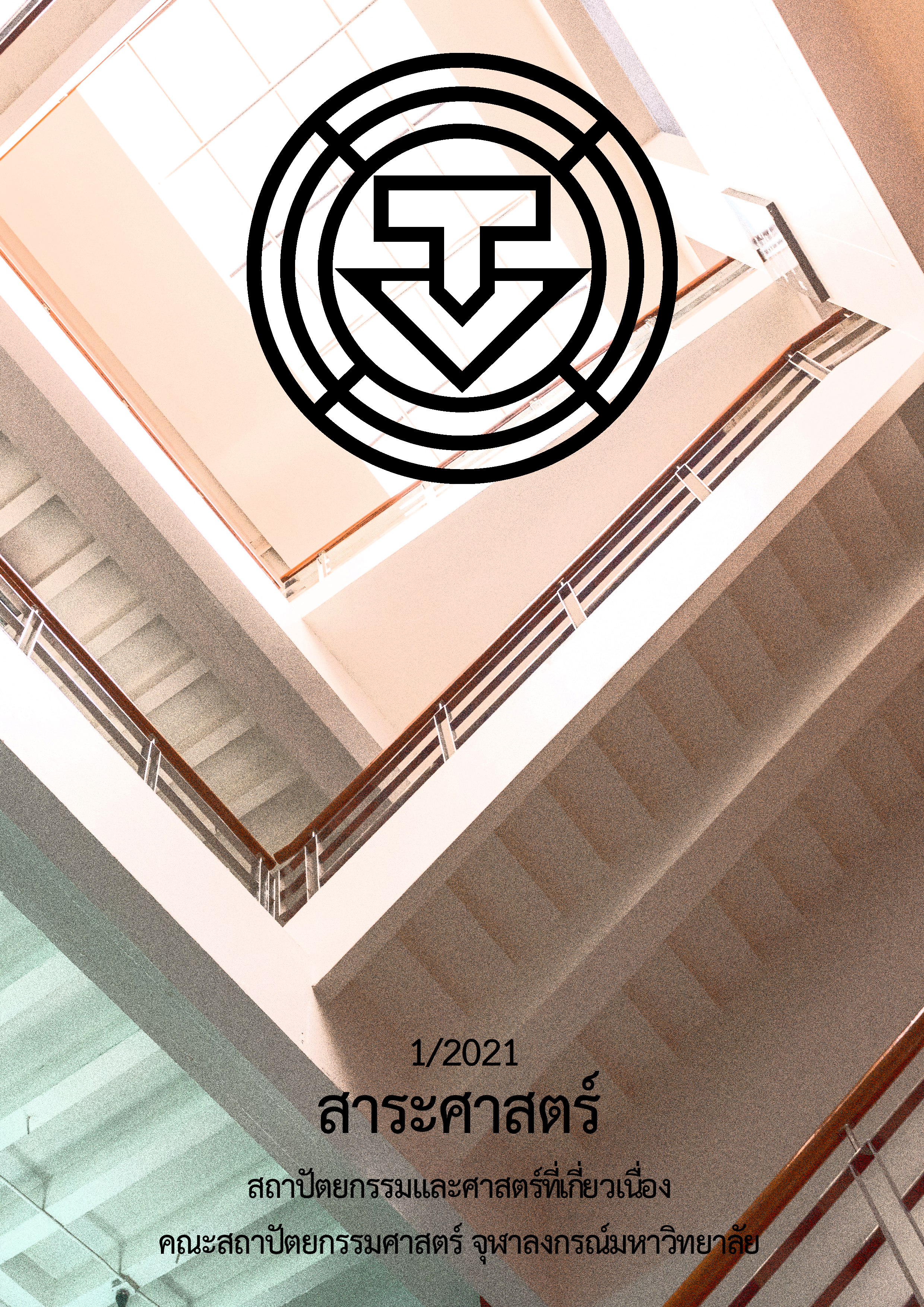Formal Basis and Timelessness of Ananda Temple along with Bagan, Myanmar
Main Article Content
Abstract
Along with the society and economy development, social and cultural demands are also changing, in consequence blindly following and copying regional or local architectural tradition of the past cannot support the demands of contemporary people. The appropriate solution is the integration of the external resources of contemporary knowledge and technique into the soul, the essence of the tradition from the characteristics of the site with the history, memory, experience and to be adaptable for today social and cultural requirements of people. The interpretation and integration of traditional essence into contemporary architectural design process are always occurred through the history of human. So, the study on formal basis of the Ananda temple from Bagan period 1105 AD will provide partially the essence of Myanmar architecture to understand, interpret and apply in socio-culture, environmental problems, materials and construction methods available in contemporary time or today at Bagan, Myanmar.
In this study, literature review has been done upon the theory, practice and philosophy of contemporary architects whose design processes are reflected on the history, human experience and memory of the site, to examine the timelessness of Ananda temple and Bagan Area. Peter Eisenman’s method of formal analysis based upon simple geometric square and axis on Palladio’s buildings, has been referenced to understand the formal basis of Ananda temple with the sources of measured drawings and photos. From this architectural study, timelessness of tradition in architecture of Ananda and Bagan area do not only exist on the tangible aspects of the site but also on the intangible value of human memories, sensuality, belief, cultural activities which has been handed from generation to generation and are still evolving and integrating with phenomena of local and global socio-cultural situations.
Article Details
References
Alexander, C. (1979). The timeless way of building (Vol. 1). New York: Oxford University Press.
Department of Higher Education, M. o. E. (1989). Archtiectural drawings of temples in Bagan. Yangon: Yangon Technological University.
Department of Higher Education, M. o. E., Rangoon. (1989). Architectural drawings of temples in Pagan.Rangoon: Ministry of Education.
Eisenman, P. (1963). The formal basis of modern architecture. Zurich: Lars Muller.
Lat, K. (2010). Art and architecture of Bagan and historical background with data of important monuments. Yangon: Mudon Sarpay.
Le Corbusier. (1985). Toward an architecture. New York: Dover Publications.
Pallasmaa, J. (2012). The eyes of the skin: Architecture and the senses. Hoboken, NJ: John Wiley & Sons.
Peter, E., & Matt, R. (2015). Palladio Virtuel. New Haven: Yale University Press.
Pusca, A. M. (2010). Walter Benjamin and the aesthetics of change. New York: Springer.
Rellensmann, C., Römer, A., Brandenburgische Technische Universität Cottbus-Senftenberg, L. D., Architects, A. o. M., Archaeology, D. o., & Myanmar, N. M. (2018). Studio Bagan - building in heritage context. Senftenberg : BTU Cottbus - Senftenberg.
Tzonis, A., & Lefaivre, L. (1986). Classical architecture: The poetics of order. Cambridge: MIT Press.
UNESCO. (1982). World conference on cultural policies, Mexico City, 26 July-6 August 1982.
Vidler, A. (2012). Palladio reassessed by Eisenman. Architectural Review, 232(1389), 88-93.
Zumthor, P., & Lending, M. (2018). A feeling of history. Zurich: Scheidegger & Spiess.


